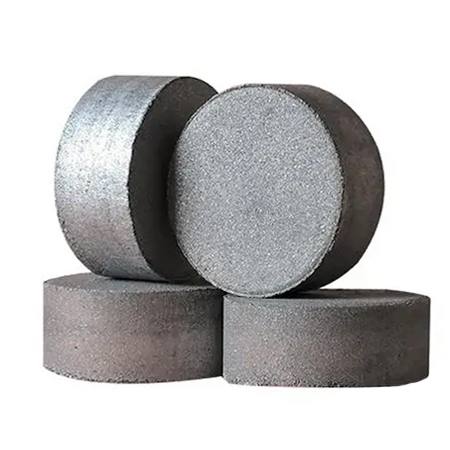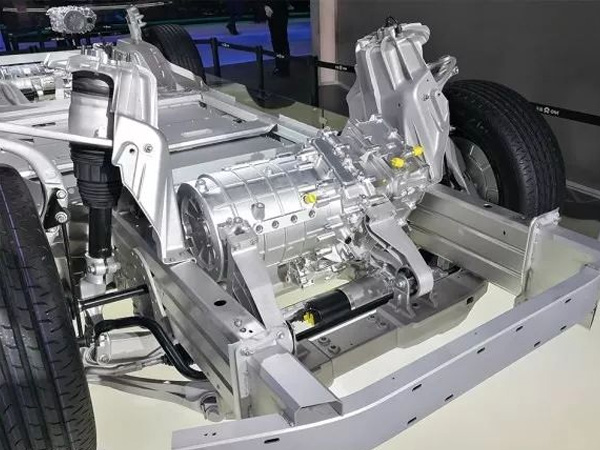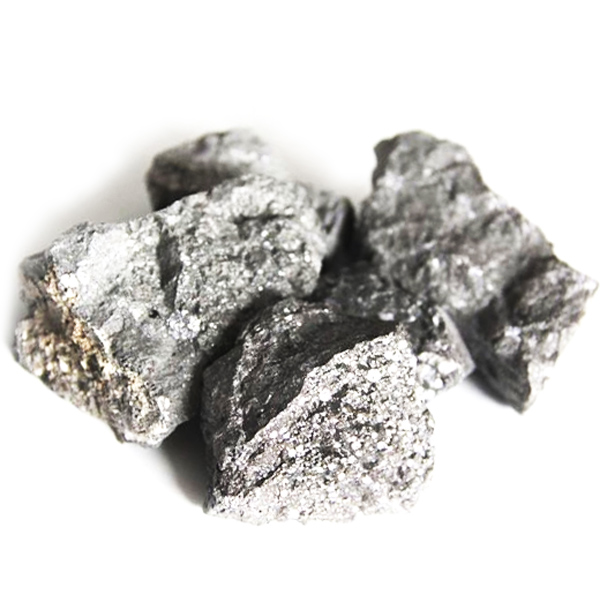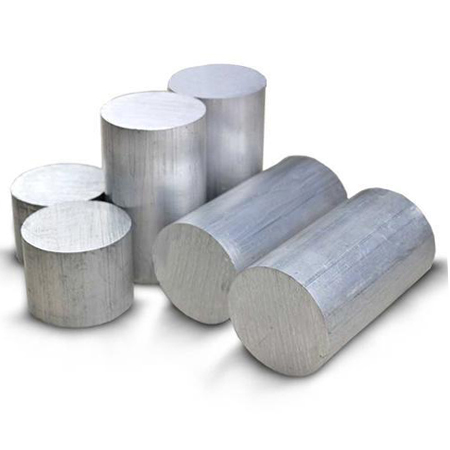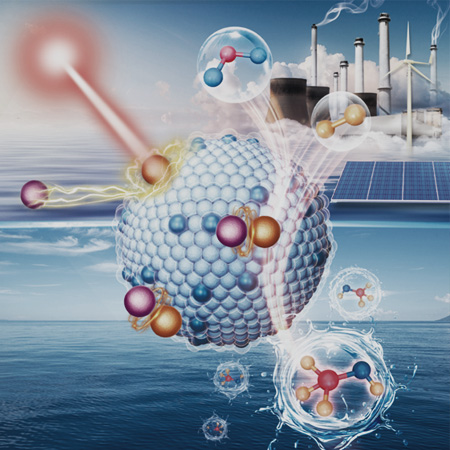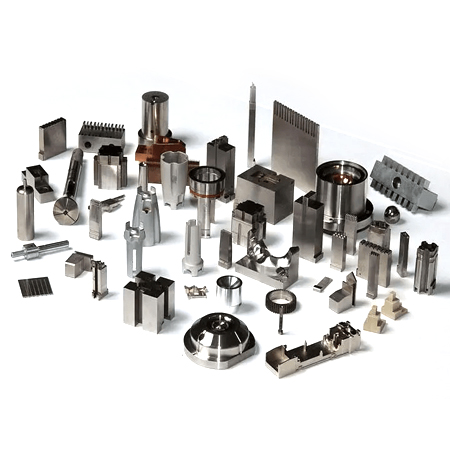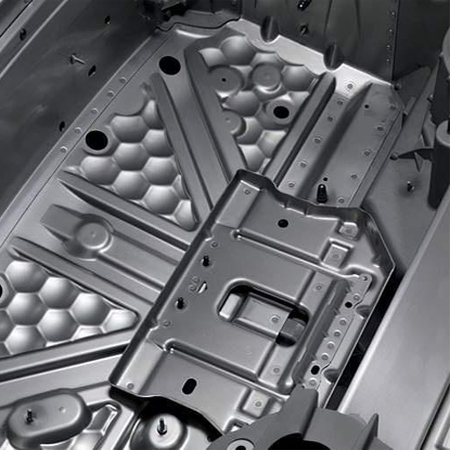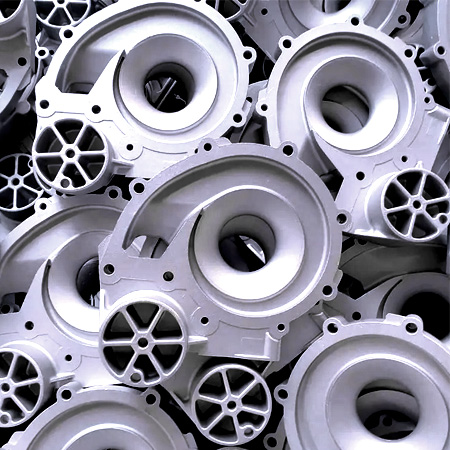Manganese Tablet for Aluminum Alloy
Aluminum alloying tablets are a new type of additive which can replace master alloys in aluminum alloy production. These Manganese Tablet for Aluminum Alloy are made by mixing metal powder and flux in specific proportions and pressing the mixture into shape. Manganese tablets, which have a cylindrical form, are uniform in density and denser than […]
Manganese Tablet for Aluminum Alloy Read More »

